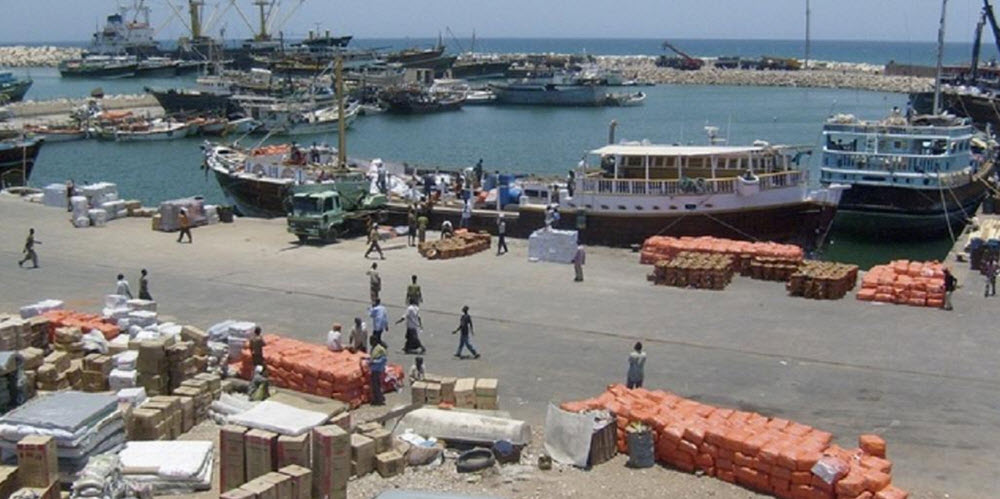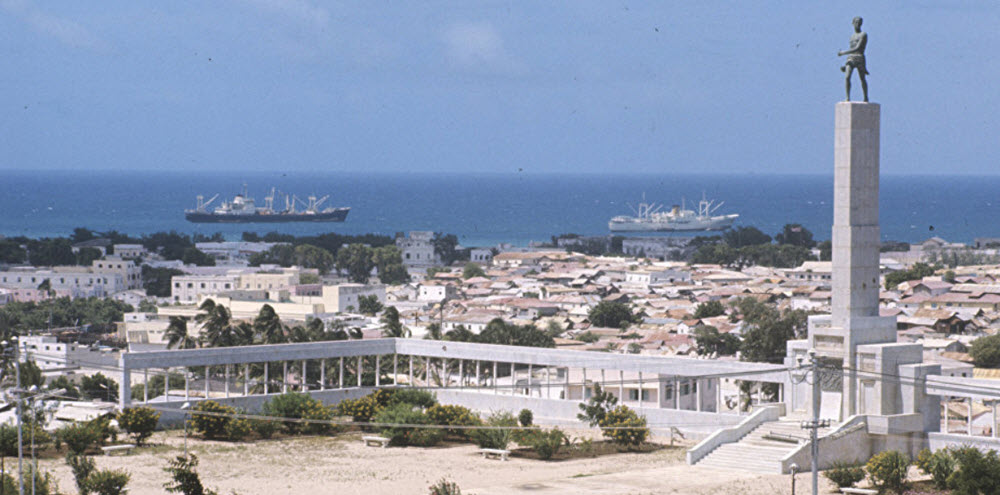Contents
Berbera, also known as Barbara, is a coastal city in the Sahil region of Somaliland. It is a very old port city that has been in use at least since antiquity, when it formed a part of a chain of commercial ports dotted along the Horn of Africa.
During the early modern period, Berbera was considered the most important trading spot in the Horn of Africa, and it was a of great importance during the colonial era as well. The British made it capital of the British Somaliland protectorate in 1884, and it remained a capital city until Hargeisa was declared capital in 1941.
Today, Berbera remains an important international port thanks to its deep seaport and its location in a strategical spot for the crude oil route. Berbera has the only sheltered harbour on the southern side of the Gulf of Aden.
Examples of goods that are exported through Berbera’s port are gum arabic (acacia gum), frankincense, myrrh, and livestock. For the neighbouring country Ethiopia – the most populous landlocked country in the world – the Port of Berbera is an important opening to international shipping.
In the past, Berbera served as a naval and missile base for the Somali government, and the port facilities were patronized by the Soviet Union from 1972. After the collapse of the USSR, the Port of Berbera was expanded for United States military use.

Where is Berbera?
Berbera is located in the Sahil region of northern Somaliland, at the Gulf of Aden. What we today call the Gulf of Aden actually used to be known as the Gulf of Berbera, since Berbera was a more important and well-known port.
The Gulf of Aden, and thus the port of Berbera, is a part of the important shipping route that includes the Suez Canal and makes it possible for ships to travel directly from the Indian Ocean to the Mediterranean Sea without having to go west of the African continent.
Landscape and climate
The landscape around Berbera is a semi-arid coastal lowland exposed to a hot desert climate.
The summers in Berbera are long and very hot, while the winters are short and not much cooler. Berbera receives very little rain, but the moist from the sea keeps the air humidity up. The combination of high temperatures and high humidity creates very high apparent temperatures.
The hottest months are June, July, August and September, when the average high temperatures consistently exceeds 40 °C. Even the nights are warm during this period, with average lows not going farther down than 30 °C.
The record high for the month of June is a tremendous 49.1 °C.
November – February is the more bearable part of the year, with the average high temperature not surpassing 30°C. The coldest month is January, with an average high of less than 28°C and an average low of just above 21°C. The record low for January is a 14.4°C.
Precipitation
Unlike several other parts of Somaliland, Berbera doesn’t really have a rainy season, but April and May are a bit less dry than the rest of the year. In an average year, Berbera receives just a tad more than 50 mm of precipitation, and have less than six rainy days. The average yearly cloudiness is extremely low.

Beach life
Berbera has several popular beaches, including Bathela and Batalale, and is sometimes referred to as “the beach city” in Somaliland. Examples of activities carried out right off the beaches are surfing, snorkelling and scuba diving. There is a coral reef near Berbera.
Highway
Berbera is connected by road to both Hargeisa (capital of Somaliland) and Burao (the largest city in the Togdheer region).
Airport
Berbera is served by the Berbera Airport, which boasts an extensive 4,140 metre long runway of paved asphalt. This is one of the longest runways in Africa.
- IATA code: BBO
- ICAO code: HCMI
- Coordinates: 10°23′21″N 044°56′28″E
- Elevation: 7 metres above sea level
This is both a public and military airport.
The construction of a new terminal and perimeter fence was finished in 2015.
Airlines
| Airlines | Destinations |
| Air Djibouti | Djibouti |
| African Express Airways | Bosaso
Cairo Dubai–International Galkayo Mogadishu Nairobi–Jomo Kenyatta Sharjah Wajir |
Trivia
- The airport was built by the USSR in the 1970s to counter United States presence in the region.
- NASA paid $40 million USD per year in 1980-1991 to have this airport available for emergency Space Shuttle landings.